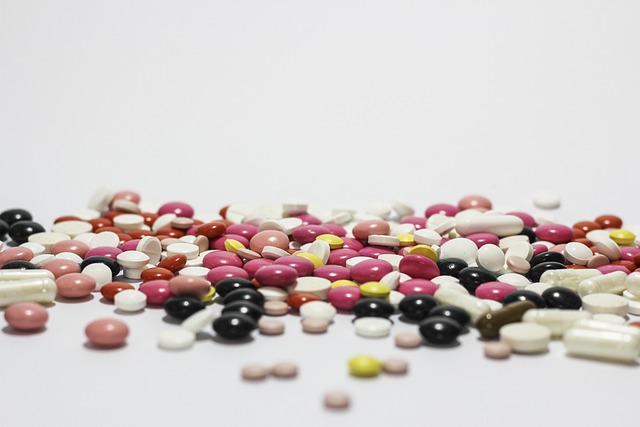Solifenacin: Dosage Guide, Uses for Overactive Bladder, and Side Effects

Solifenacin, a medication primarily used to treat overactive bladder (OAB), has gained popularity for its effectiveness in managing urinary urgency, frequency, and incontinence. This guide will delve into the appropriate dosages, various uses, and potential side effects of Solifenacin, helping you understand how this medication fits into the broader landscape of OAB treatment.
What is Solifenacin?
Solifenacin is an anticholinergic agent that works by relaxing the bladder muscles, thereby reducing the urge to urinate and increasing bladder capacity. It is typically prescribed for adults who experience symptoms of overactive bladder, a condition that can significantly impact quality of life.
Dosage Guide
The dosage of Solifenacin can vary based on individual needs and the severity of the condition. Here’s a quick overview of the recommended dosages:
| Dosage | Indications | Notes |
|---|---|---|
| 5 mg once daily | Initial treatment | Can be adjusted based on response |
| 10 mg once daily | For moderate to severe symptoms | Maximum recommended dose |
Uses for Overactive Bladder
Overactive bladder is characterized by a sudden, uncontrollable urge to urinate, often leading to frequent bathroom trips, sometimes even resulting in incontinence. Solifenacin is beneficial in the following ways:
- Reduces Urgency: By calming bladder contractions, it minimizes unexpected urges.
- Decreases Frequency: Helps extend the time between bathroom visits.
- Improves Quality of Life: Reducing the anxiety associated with incontinence can enhance daily activities and social engagements.
Potential Side Effects
While Solifenacin is generally well-tolerated, like any medication, it may cause side effects. Some common side effects include:
- Dry Mouth: A frequent complaint among users, which can be bothersome.
- Constipation: As the medication affects muscle contractions, some may experience difficulty in bowel movements.
- Vision Changes: Blurred vision may occur, particularly in the initial stages of treatment.
- Dizziness: Some users report feeling lightheaded, especially when standing up quickly.
It’s vital to consult with a healthcare professional if you experience any severe side effects, such as swelling, difficulty breathing, or a rapid heartbeat.
Final Thoughts
Solifenacin has proven to be a valuable option for those struggling with overactive bladder symptoms. By understanding the recommended dosages, uses, and potential side effects, you can have a more informed discussion with your healthcare provider about your treatment options. Always remember that medication effectiveness can vary from person to person, and regular follow-ups are essential to ensure the best outcomes.
For more detailed information, you can refer to:
